
A Cool Cube™ at Room Temperatures is not an ordinary transport cooler (FFPE, platelets and biospecimens carrier). It is an easy-to-carry, qualified container and pack-out system that keeps temperature sensitive product (FFPE, platelets, biospecimens) between 15° and 25°C for over 2.5 days – without using ice or electricity! This cooler is ideal for transport, but also excels at protecting valuable product during off-site use and power outages, regardless of hot or freezing conditions. The simple, validated, patented technology is the best compact thermal protection product available to maintain the cold chain!

Transport & Storage Coolers @ Room Temps for FFPE, Platelets, Biospecimens, etc.
Room Temperature Cool Cube™ Technical Information
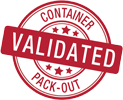
Easy & Safe Pack-Out

Cool Cube™ Room Temp Training Videos
Cool Cube™ Room Temps – Prep Introduction
Prep Method A – Lab incubator (prevent warming)
Prep Method B – Refrigerator (prevent warming)
Prep Method C – Lab incubator (prevent cooling)
Prep Method D – Room temperature (prevent cooling)
Room Temperature Cool Cube™ Prep Methods
- *Panels may be stored at this stage indefinitely (for longer than indicated).
About Room Temperature PCM (Phase Change Material)
Phase Change Materials (PCMs) are substances that absorb and release thermal energy during melting and freezing. When a solid PCM melts, it absorbs heat from its surroundings but remains at its melting temperature until it becomes fully liquid. Conversely, when a liquid PCM freezes, it releases heat yet maintains its freezing temperature until it solidifies completely. This ability to keep a constant temperature during phase changes makes PCMs ideal for precise temperature control.
The Cool Cube™ at room temperature utilizes a specialized PCM with a melting point of 21.5 °C (70.7 °F). Inside the Cool Cube™, six PCM panels surround the cargo on all sides. This design ensures even temperature distribution throughout the unit, maintaining a consistent temperature within the ideal room temperature range for sensitive products.
Here’s how it works:
- In Hot Environments: When the external temperature is higher than the PCM’s melting point, the solid PCM absorbs heat as it melts, helping to keep the interior of the Cool Cube™ cool at around 22 °C.
- In Cold Environments: When the external temperature is lower than the PCM’s freezing point, the liquid PCM releases heat as it solidifies, helping to keep the interior warm at about 21 °C. This prevents the cargo from getting too cold.
By utilizing this advanced PCM technology, the Cool Cube™ provides reliable, passive temperature control for items that require room temperature conditions. This makes it an ideal solution for transporting sensitive products such as certain pharmaceuticals, laboratory samples, and other materials that must remain within a specific temperature range to maintain their integrity.

Prep Method A: Lab Incubator Prep to keep product cool
Panel Prep
2.1 Lay panels flat in a lab incubator (or other 15-20°C environment) until all the PCM (phase change material inside the panel) turns solid. At 15°C/59°F the PCM will solidify in a day or two.*
- * If the incubator temperature is ever warmer than 20°C, panels may not get completely solid (manufacturing tolerances). If stored within the temperature parameters of the product, but are still liquid, panels may be used but the hold time will decrease. Although panels are liquid, the PCM inside is at the temperature of storage environment after 3 hours (i.e. stored in a 22°C incubator, the PCM panels are at 22°C). Assembling the Cool Cube™ with this additional thermal mass will keep product at room temperature, just for a shorter amount of time than the lab-validated results.

2.2 Shake panels to verify the PCM is solid. If there is liquid, restart at step 2.1 to ensure the longest hold time. Using liquid PCM or panels with a solid/liquid combination decreases the hold time.
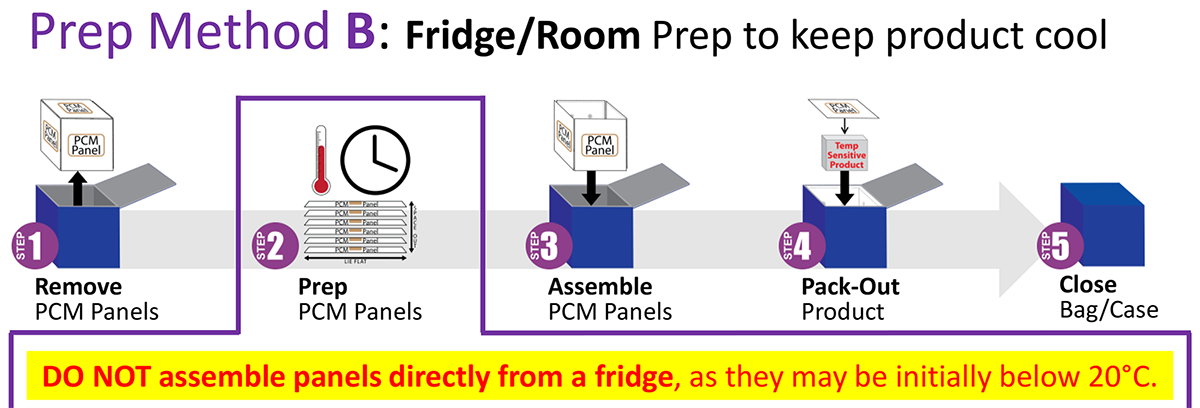
Prep Method B: Fridge/Room Prep to keep product cool
Panel Prep
2.1 Lay panels flat in a refrigerator until all the PCM (phase change material inside the panel) turns solid. At 4°C/39°F the PCM will solidify in a couple hours.
2.2 Spread panels out (enable airflow to all sides) in a room just before use to allow the PCM inside to rise to the appropriate operating temperature. Approximate times:
- “03” size = 35 minutes
- “08” size = 40 minutes
- “28” size = 45 minutes
- “96” size = 50 minutes
- **Times based on a 22°C/72°F room.

2.3 Shake panels to verify the PCM is solid with just a little liquid. If a little liquid is heard, it is at 21.5°C. If there is a lot of liquid, restart at step 2.1 to ensure the longest hold time. Using liquid PCM or panels with a solid/liquid combination decreases the hold time. Wipe off condensate and proceed with assembly.
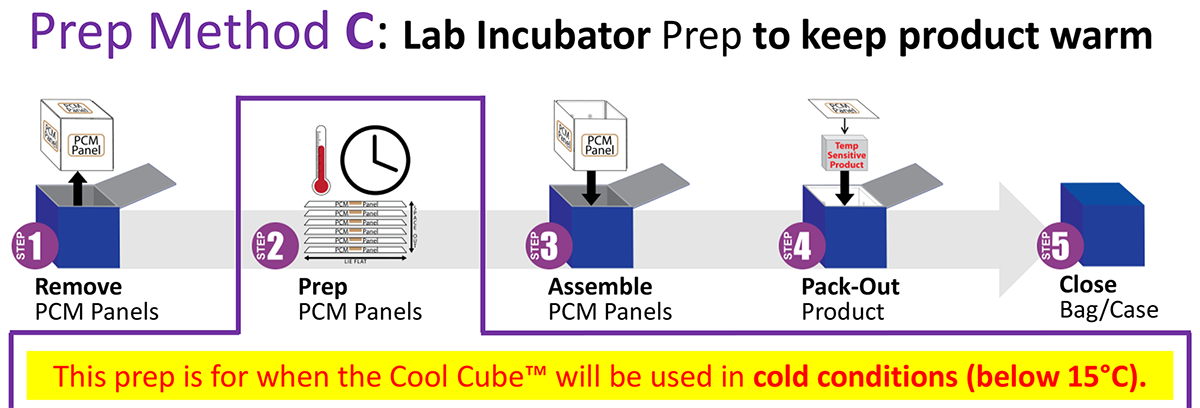
Prep Method C: Lab Incubator Prep to keep product warm
Panel Prep
2.1 Place panels in a lab incubator 23-24°C for at least 24 hours before use so the PCM (phase change material inside the panel) is liquid.*
- * Panels may be stored in the fridge until needed for assembly or the PCM solidifies. If an incubator maintains 23°C or above, the PCM within the panels will not get solid (the solidifying point is 21.5°C), keeping the PCM liquid indefinitely until pack-out. Liquid panels will protect the product from getting cold until the PCM inside becomes completely solid.

2.2 Shake panels to verify the PCM is liquid. If they are solid, restart at step 2.1 to
ensure the longest hold time. Liquid PCM panels will prevent the product from getting cold (at room temps) in a cold environment the longest. Using solid PCM or panels with a solid/liquid combination decreases the hold time.
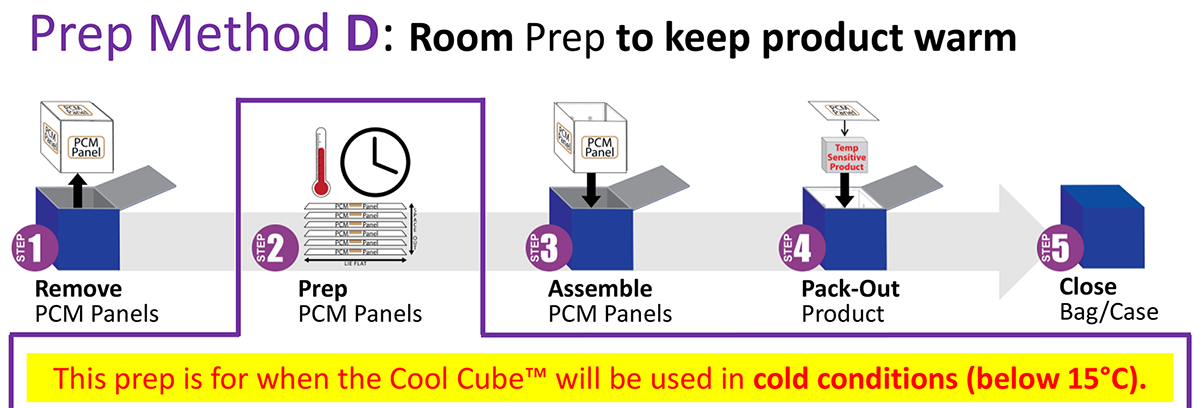
Prep Method D: Room Prep to keep product warm
Panel Prep
2.1 Place panels in a room between 23-24°C for at least 24 hours before use so the PCM (phase change material inside the panel) is liquid.*
- * Panels may be stored in a room until needed for assembly or the PCM solidifies. If a room maintains 23°C or above, the PCM within the panels will not get solid (the solidifying point is 21.5°C), keeping the PCM liquid indefinitely until pack-out. Liquid panels will protect the product from getting cold until the PCM inside becomes completely solid.

2.2 Shake panels to verify the PCM is liquid. If they are solid, restart at step 2.1 to ensure the longest hold time. Liquid PCM panels will prevent the product from getting cold (at room temps) in a cold environment the longest. Using solid PCM or panels with a solid/liquid combination decreases the hold time.
About Controlled Room Temps PCM Passive Temperature Technology

Phase change materials (PCMs) are materials that absorb and release thermal energy during the process of melting and freezing. When a PCM melts, it absorbs the heat from the environment, yet its temperature stays at the melting point until totally liquid. Conversely, when a PCM freezes, it absorbs the cold from the environment, yet stays at its temperature until totally solid. This makes PCM an ideal, passive solution for a variety of applications that require temperature control. The most common PCM is water/ice. Ice is an excellent PCM for maintaining temperatures at 0°C. But water’s freezing point is fixed at 0°C (32°F), which makes it unsuitable for most temperature sensitive applications.
Cool Cube™ PCMs offer custom temperature holds based on their melting point. The PCM inside Controlled Room Temperature panels has a melting point of 21.5°C/70.7°F. When panels are solid, contents within the Cool Cube™ stay at room temperature (around 21.5°C) in hot conditions during an extended period of time. When panels have liquid inside, contents within the Cool Cube™ won’t get cold (again at room temps around 21.5°C) in cold conditions during an extended period of time.


- Always prep the PCM panels before use according to one of the described methods provided by VeriCor.
- Ensure all components are clean and free of damage.
- During prep, enable ample air flow around all panel sides (use spacers or racks).
- Lay panels flat when “freezing”.
- Freeze/melting times vary depending on number of panels being prepped and equipment specifications being used. Assemble using all six panels for maximum hold time.
- Using less panels does not change the holding temperature but does decrease hold time.
- Panels are reusable (10,000+ cycles). (End-of-life disposal: panels use a plastic #2, typically recycled by businesses/communities; PCM is nontoxic and readily biodegradable.)
- Use a calibrated data logger or other temperature monitoring device to observe internal temperature.
- Avoid unnecessary opening of the Cool Cube™ after loading payload. Opening of the Cool Cube™ will decrease hold time.
- An infrared temperature thermometer can assist in ensuring the panels reach a safe pack-out temperature (good for finding out the approximate temperature of each panel).
- Further the temps are away from the melting point, the quicker PCM will change states.
CLICK & PRINT DOWNLOADS (PDF)


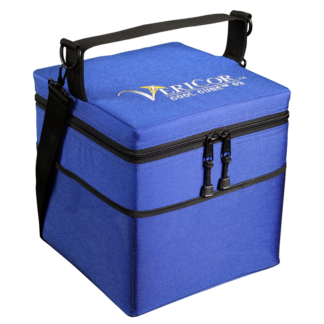
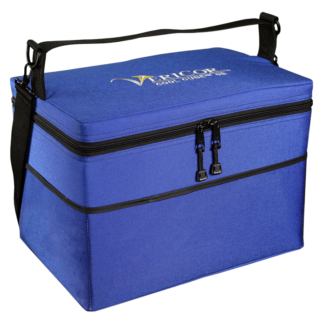
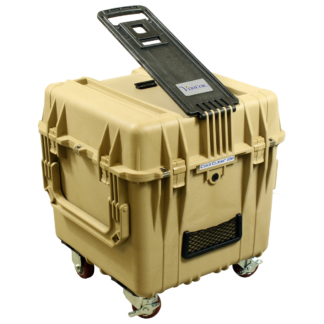
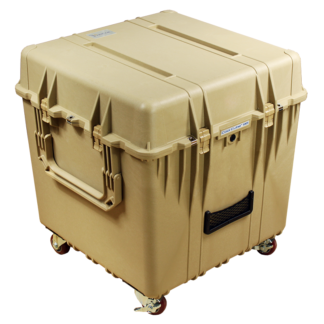



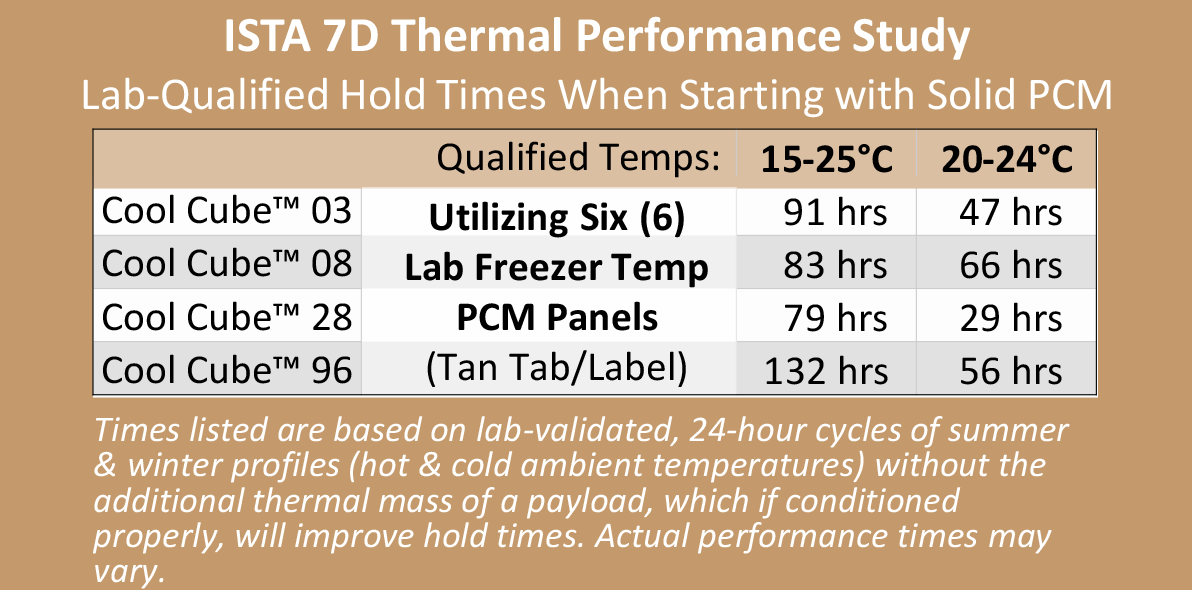




You must be logged in to post a comment.